Andrássy út is probably the most famous street in Budapest, the equivalent of Madison Avenue in New York City or Nanjing Road in Shanghai. Named as part of Budapest’s UNESCO World Heritage listing, the wide boulevard is lined with high-end designer shops and leafy trees which provide a welcome bit of shade on a hot summer day.
Dating to the late 19th century, Andrássy út was the city’s first experiment in urban development since the Middle Ages. I’d say it was a success! Prada, Gucci, and Louis Vuitton vie for retail space among the grand neo-Renaissance villas, making Andrássy út one of the most expensive commercial streets in Europe.
The yellow M1 metro line runs below Andrássy út and is a tourist attraction in its own right – it’s the oldest subway on continental Europe! Train cars and stations seem little changed since the 19th century, adding to the line’s historic charm.
My favorite attraction on Andrássy út is the Hungarian State Opera House. The gorgeous three-story building, opened to the public in 1884, is a work of art inside and out. An army of famous composers – Mozart, Beethoven and Verdi among them – stand proudly on the roof as though ready to defend their musical accomplishments.
As for the interior, it’s a sumptuous feast for the eyes. Collective gasps can be heard from tourists upon entering each successive room. At the time of its construction, the Hapsburg emperor gave his approval to the Hungarian architects on the condition that the Budapest opera house not be larger than the one in Vienna, capital of the Austro-Hungarian Empire. But he didn’t say anything about it being more beautiful.
Rumor has it Emperor Franz Joseph was so aggravated by the beauty of the Hungarian Opera House that he only attended one performance there. His wife Elisabeth, on the other hand, was a great fan of the arts and frequented operas in Budapest. Since she wasn’t allowed to use the Royal Box without her husband, she sat in a new box closer to the stage while the Royal Box sat empty. Today anyone willing to pay for the seats can sit there.
Although I didn’t visit during opera season, which runs from September to June, I did get to watch a mini-performance at the end of the tour. More entertaining than I expected, a man dressed like the Phantom of the Opera sang songs and danced with a member of the audience. I was relieved he didn’t pick me!
In stark contrast to the beauty of the Opera House, the House of Terror Museum is dedicated to Hungary’s dark years of Soviet occupation – a time Hungarians refer to as “the accursed 40 years.” The building, once the headquarters for the fearsome secret police, has borne witness to unspeakable acts of violence.
Multi-media exhibits on the museum’s top two floors illustrate what life was like in Hungary after World War II and the persecution many faced during the Soviet occupation. Taking up most of the basement are reconstructed prison cells, where “enemies” of the communist state – aristocrats, land-owners, religious leaders, etc – were detained, tortured, and often killed.
The visit ends with a walk past the “hall of shame” which features photos of those complicit in supporting the Soviet and Nazi regimes and committing injustices against their countrymen. As I looked at the images, I noticed that many of the conspirators are still alive. I wonder how they feel about their place in history and if they are sorry for what they did.
One can recover from the sobering museum at Alexandra Bookstore, which just so happens to have the most fantastic cafe of any bookstore I’ve ever seen. I was tipped off by a couple staying at my guesthouse who likened it to having tea at Buckingham Palace. Located on the second floor of what was once the Paris Department Store, the cafe features a superbly painted ceiling hung with chandeliers and walls trimmed with gold. A pianist enhances the ambiance and I half expected patrons to start waltzing around the room. It’s an experience best savored with cake and cappuccino.
The northeastern end of Andrássy út is dominated by Heroes’ Square, a monument to Hungary’s founding fathers. The central pillar is defended by massive statues of the seven tribal chiefs who claimed the region in the 9th century, while the Angel Gabriel floats above them all with the Hungarian cross and crown in his hands. Two colonnades flank the pillar, each holding seven statues of important rulers and statesmen, from Saint Stephen, the first king of Hungary, to Lajos Kossuth, leader of a 19th century revolution against the Hapsburgs. Emperor Franz Joseph and his family once had commemorative statues of their own, but they were damaged during WWII and never replaced.
Just behind Heroes’ Square is the entrance to City Park, supposedly the oldest public park in the world. The first thing you see as you walk over the bridge into the park is Vajdahunyad Castle, the showpiece of the Millennium celebrations. Vendors sell soft pretzels and homemade lemonade from tented stands that call to mind a medieval fair, while the various architectural styles of the looming castle compete for attention. Locals take spins around the lake in rowboats and stretch out in the grass, taking advantage of the summer sunshine. If I lived in Budapest, this would be one of my favorite haunts!
Are you ready to visit Andrássy út in Budapest?
PIN IT!
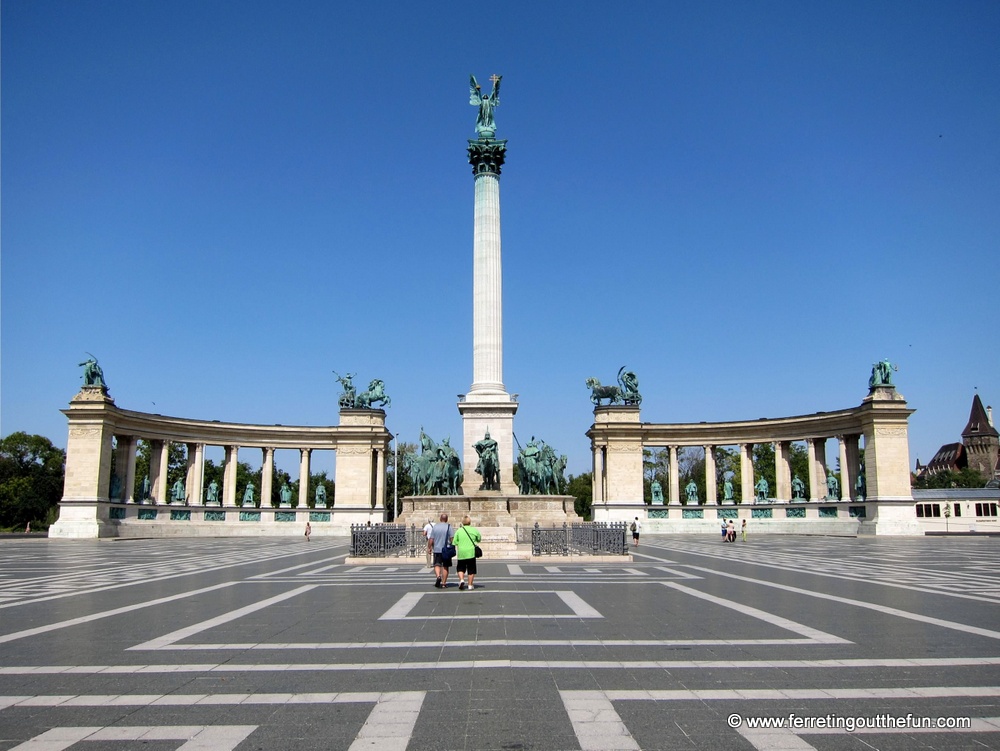
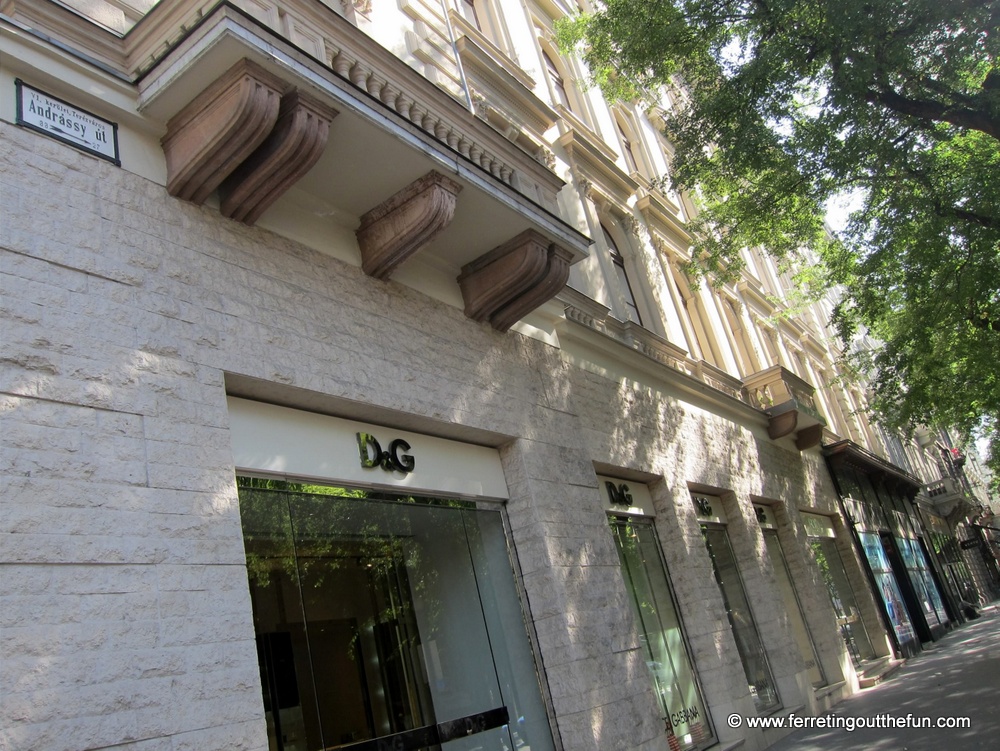
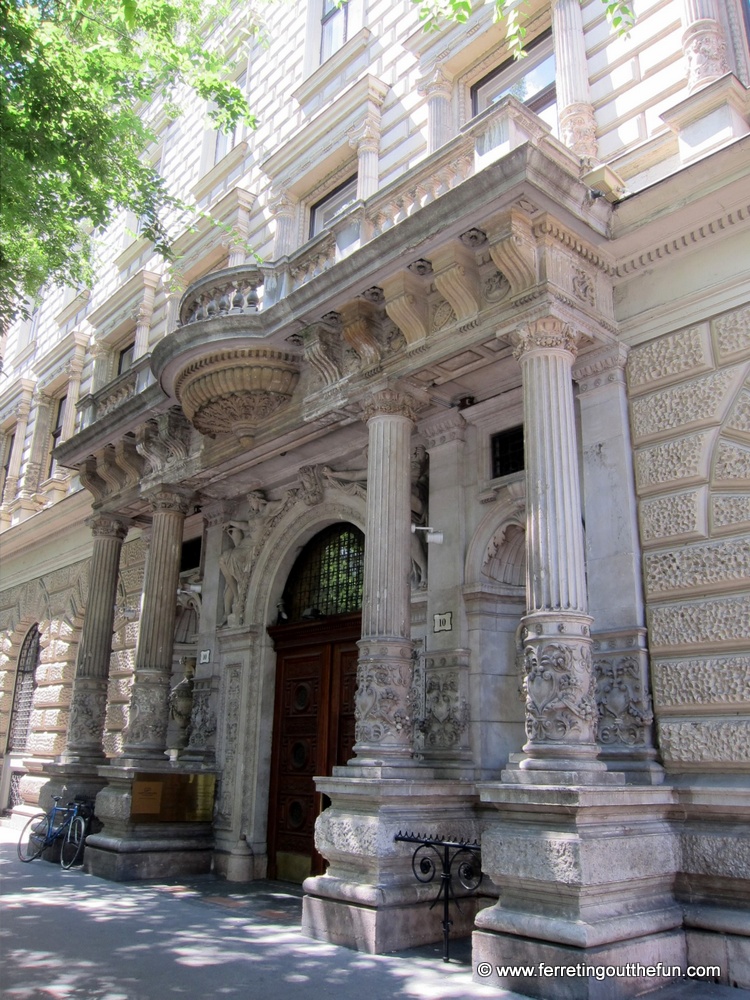
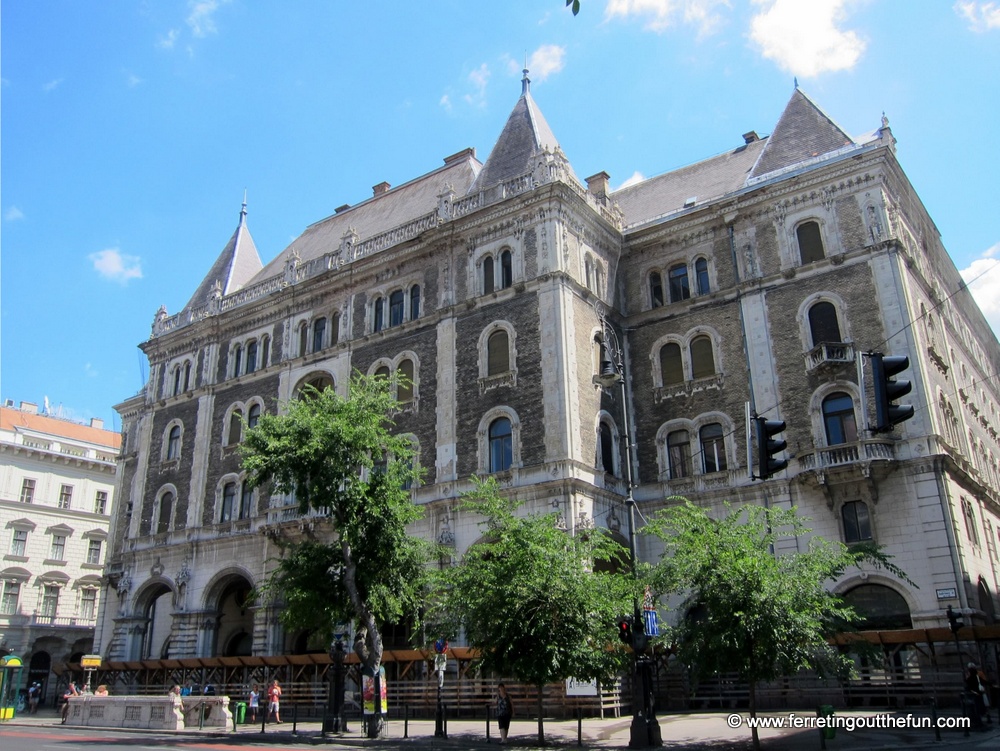
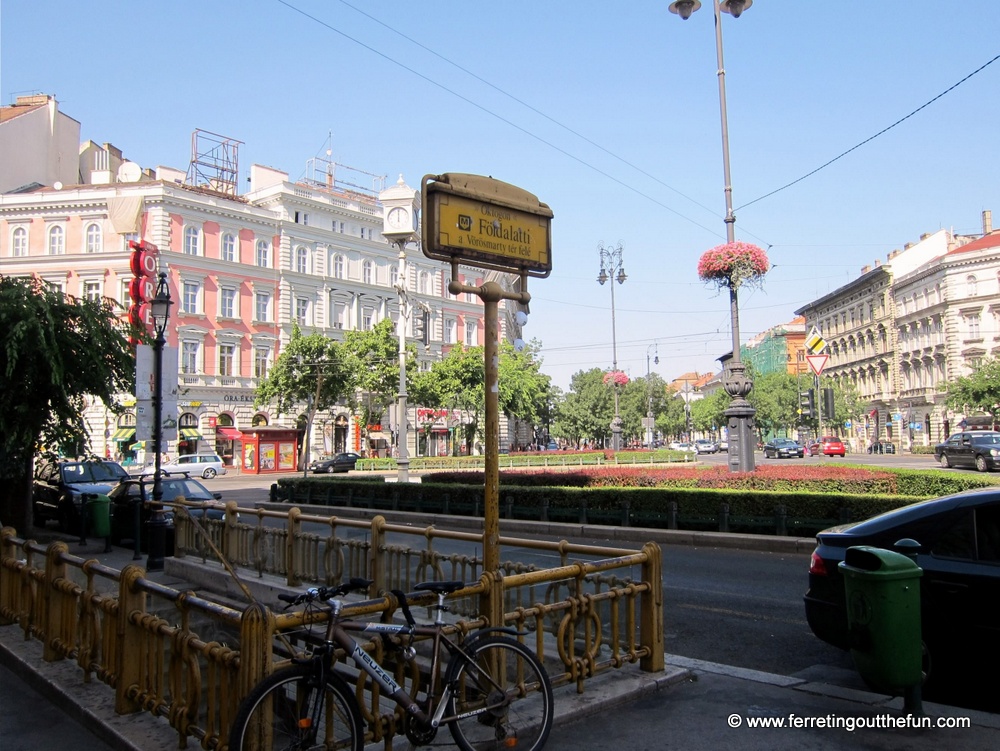
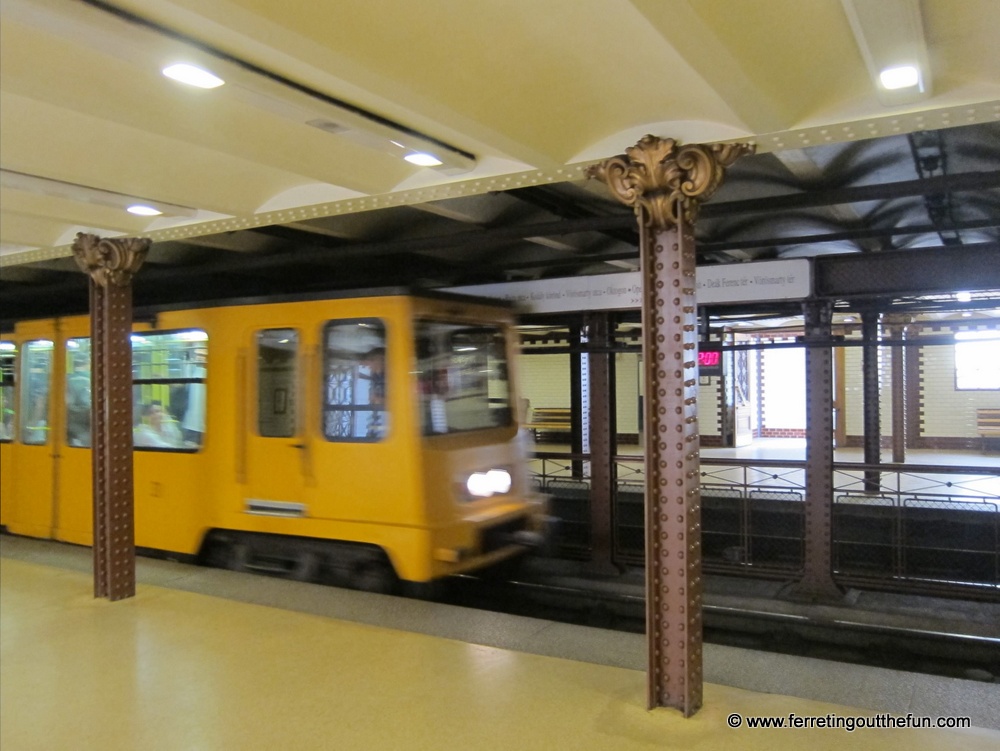
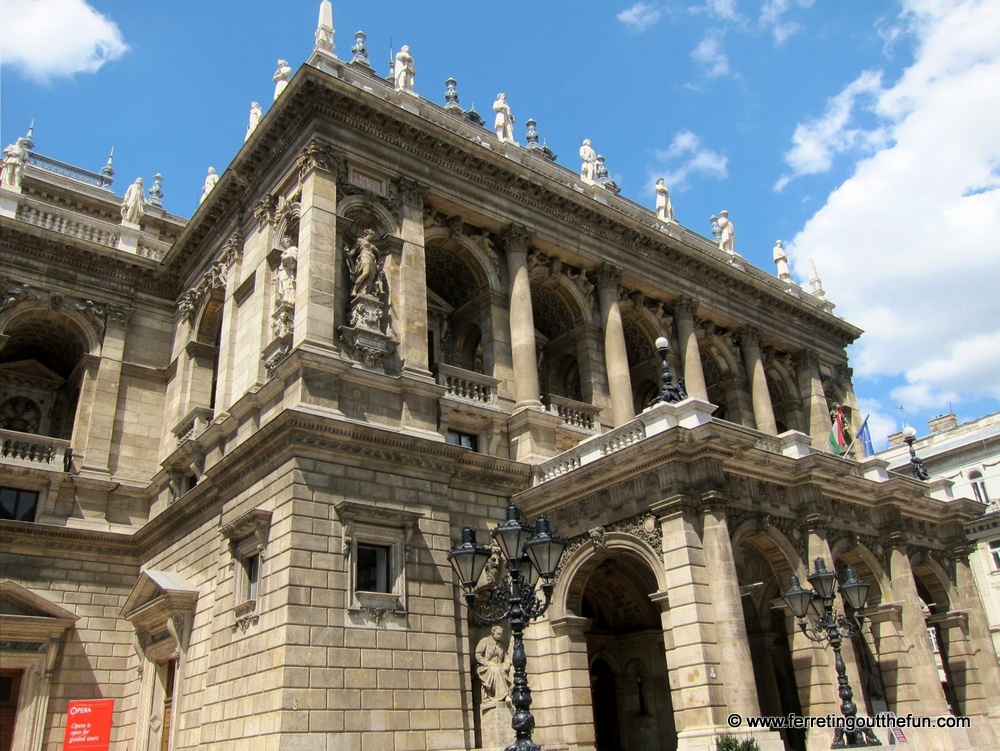
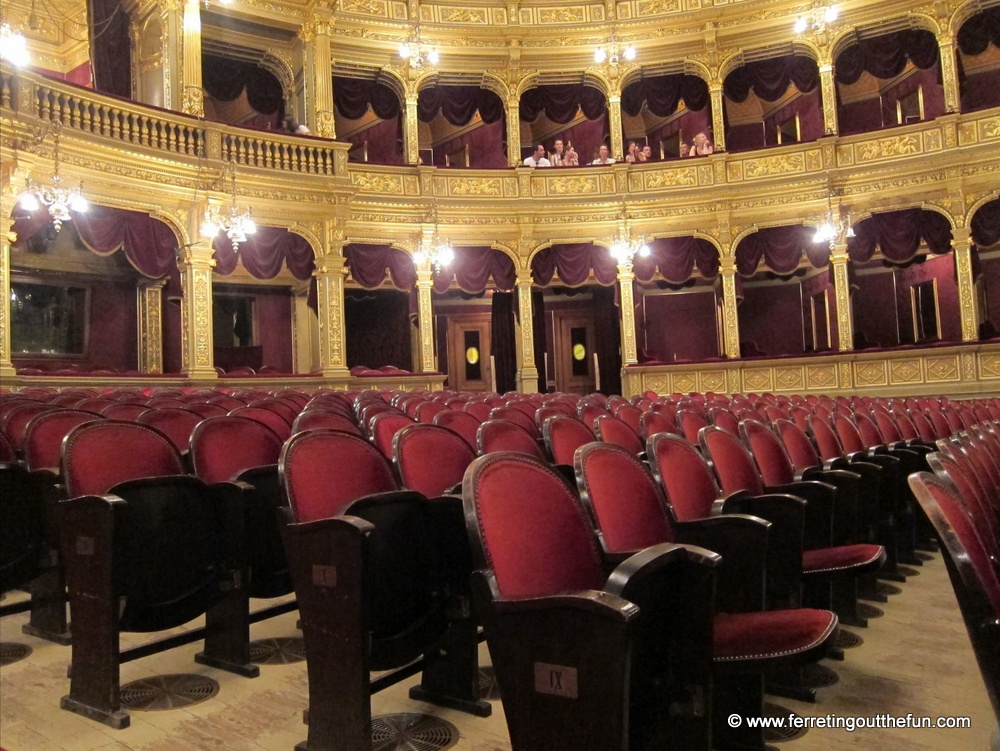
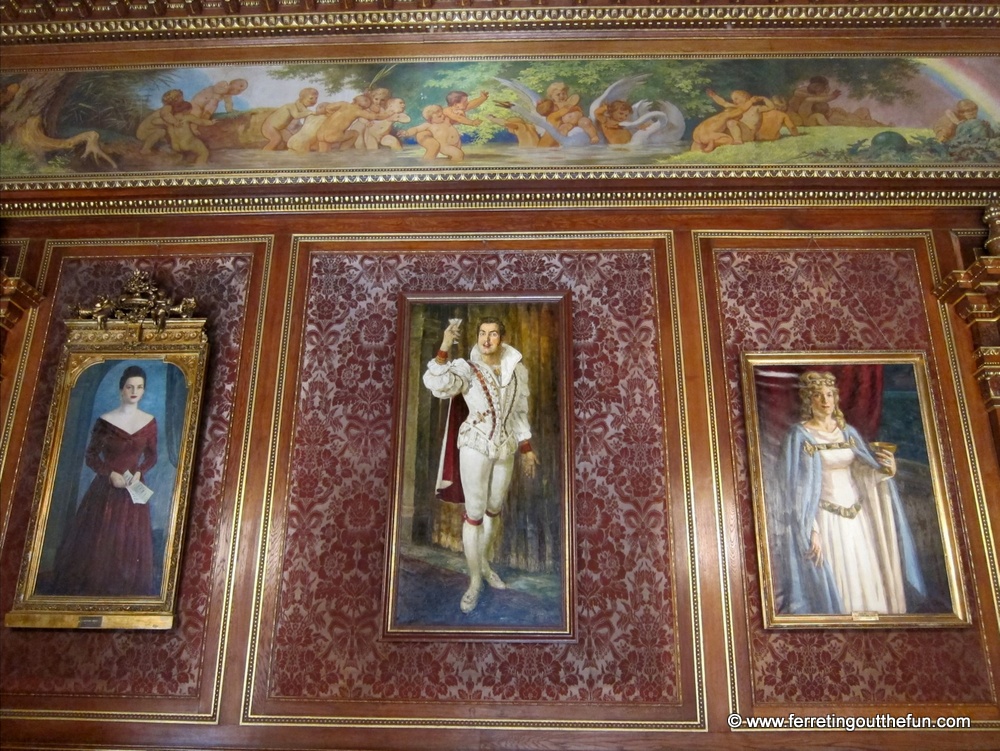
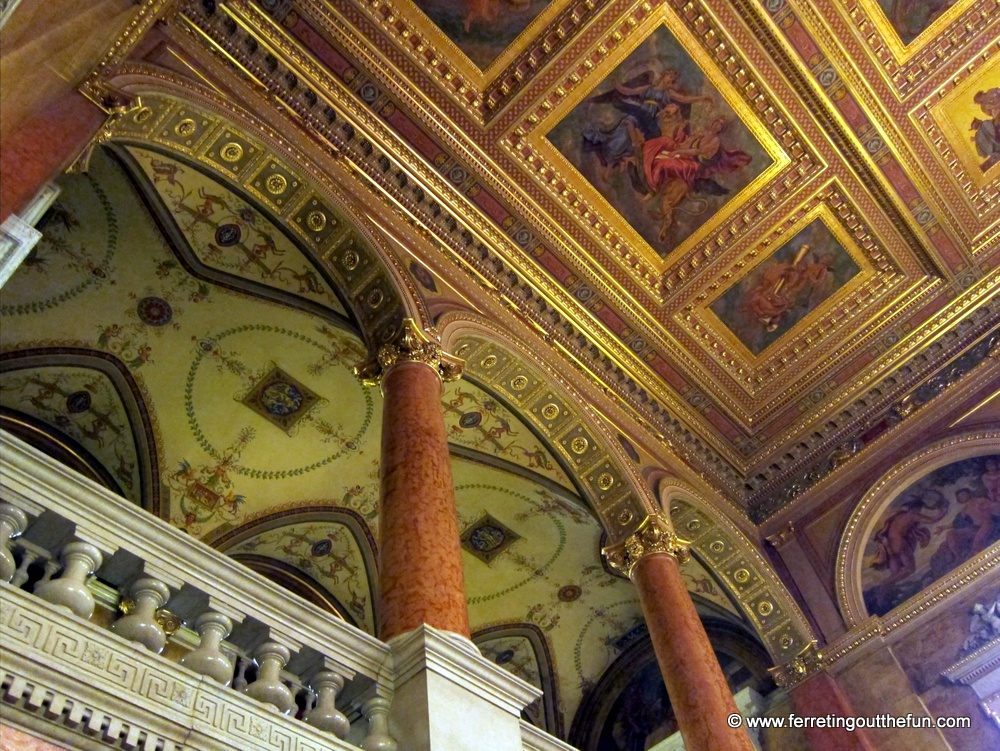
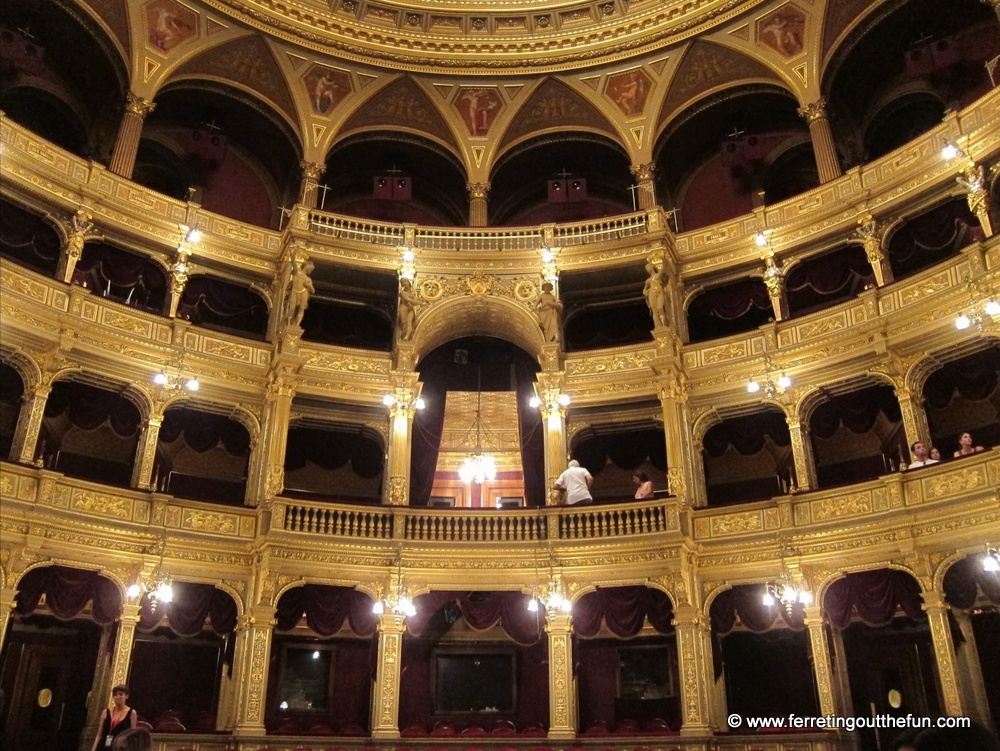

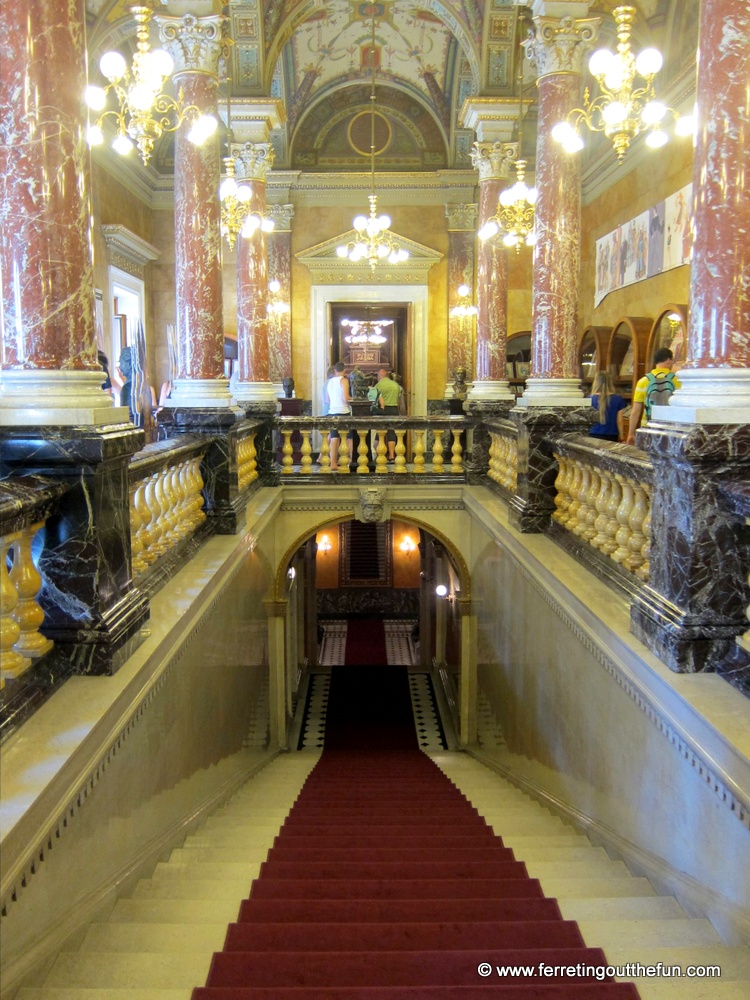
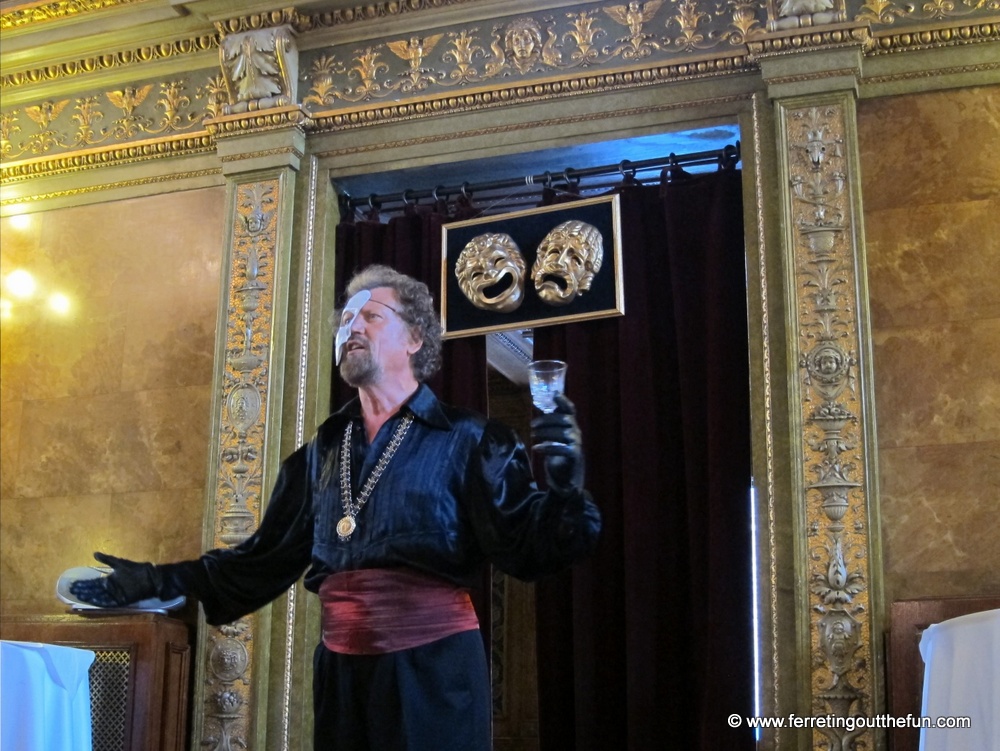
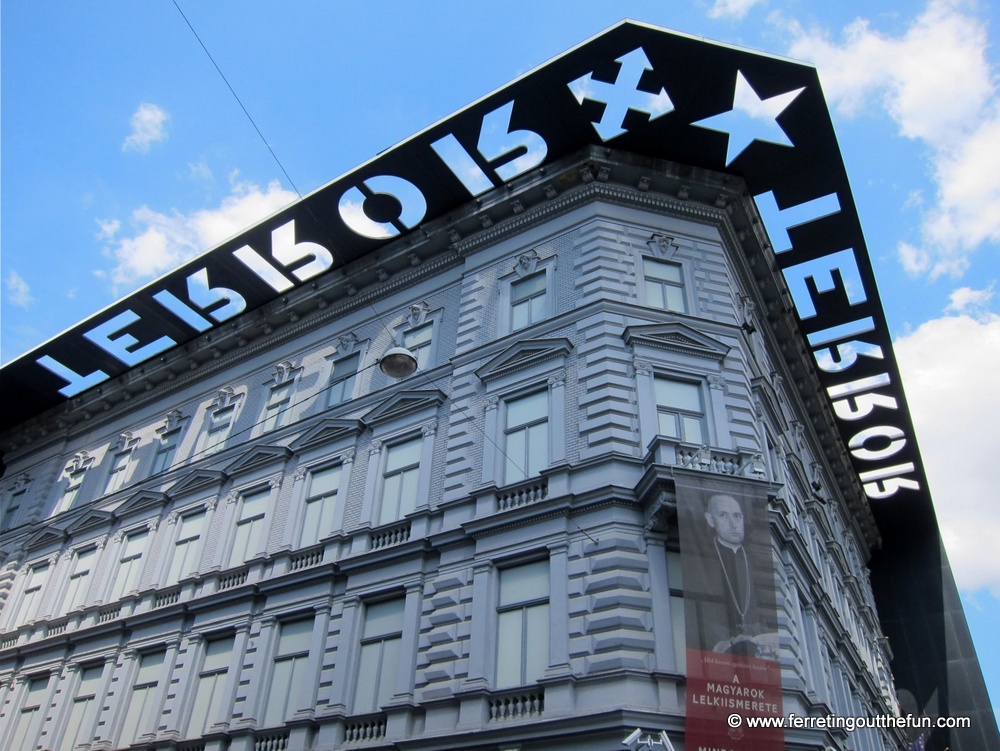
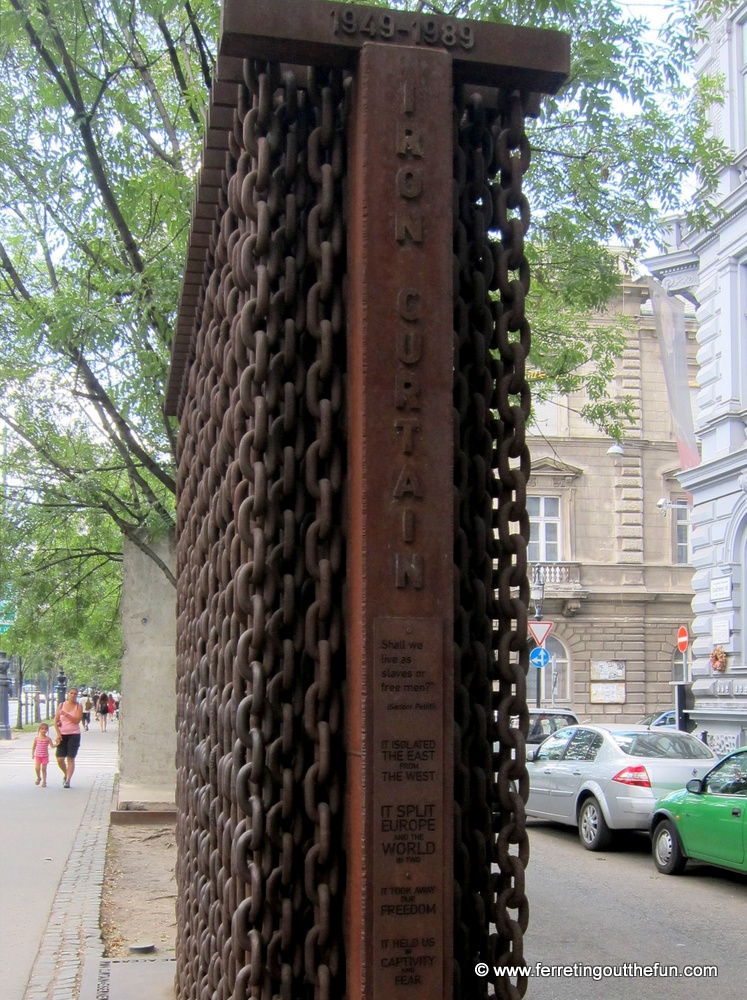
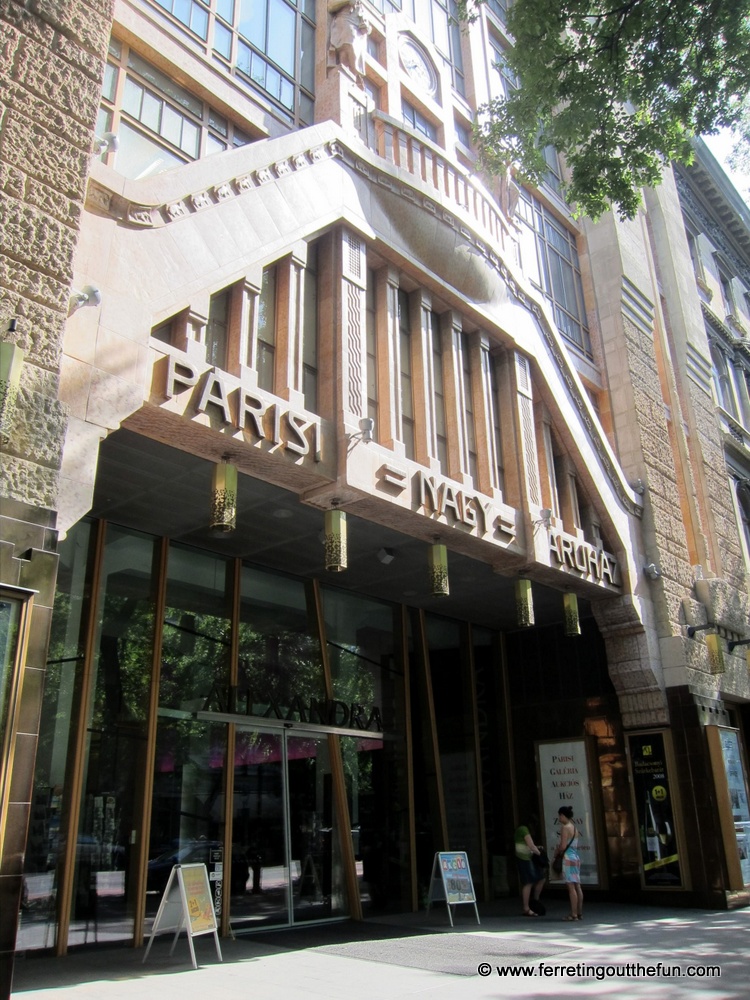
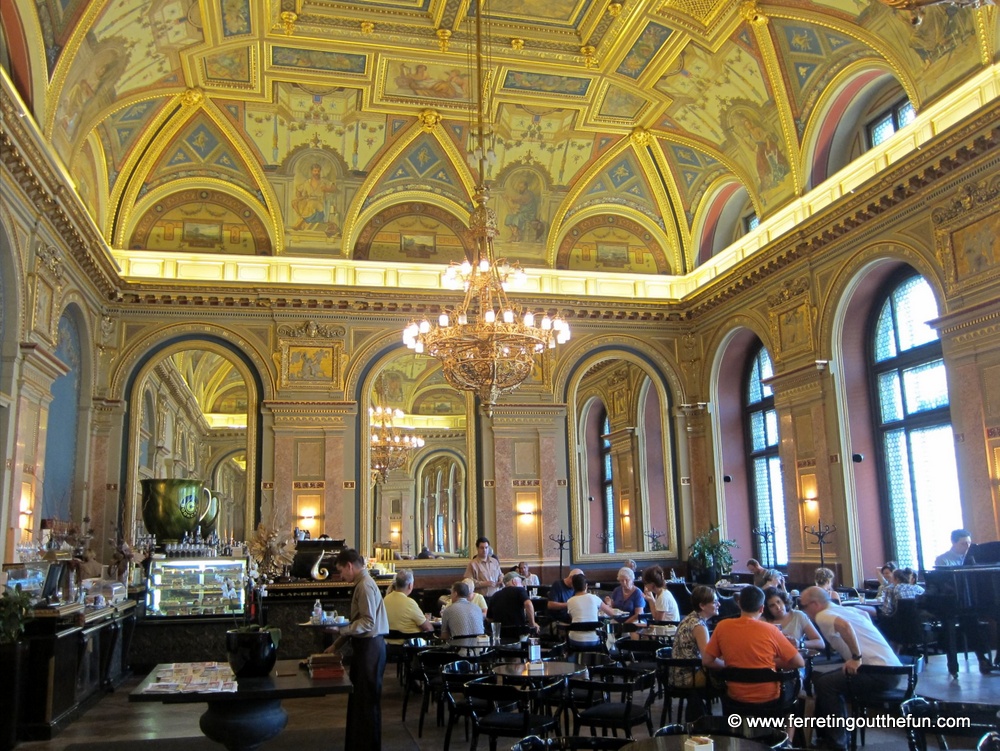
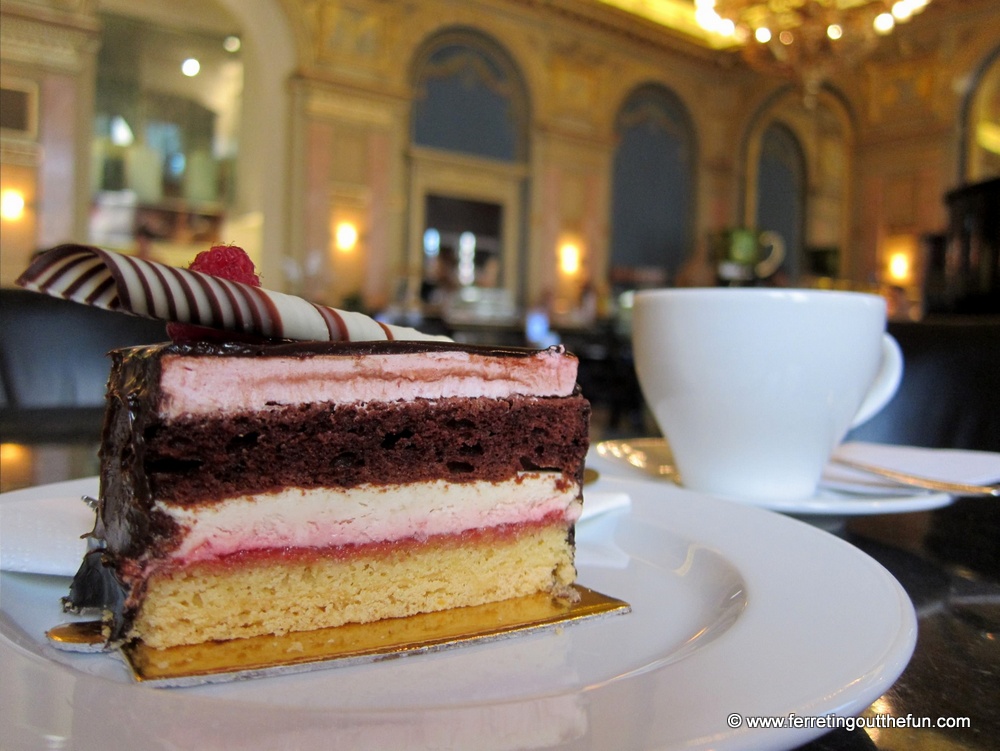
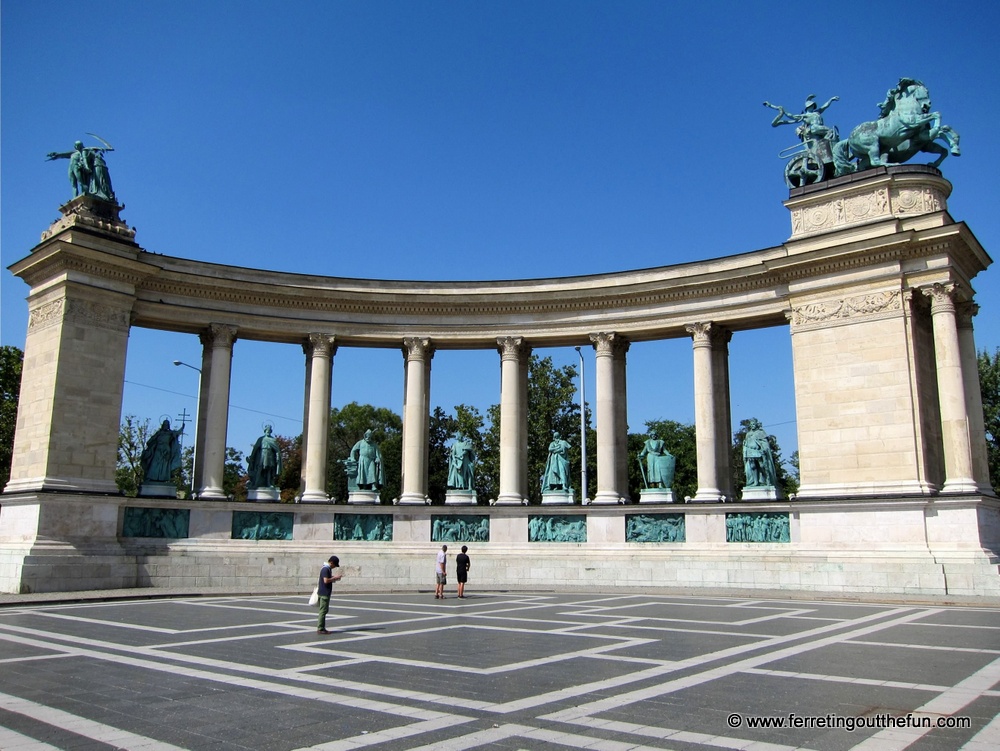
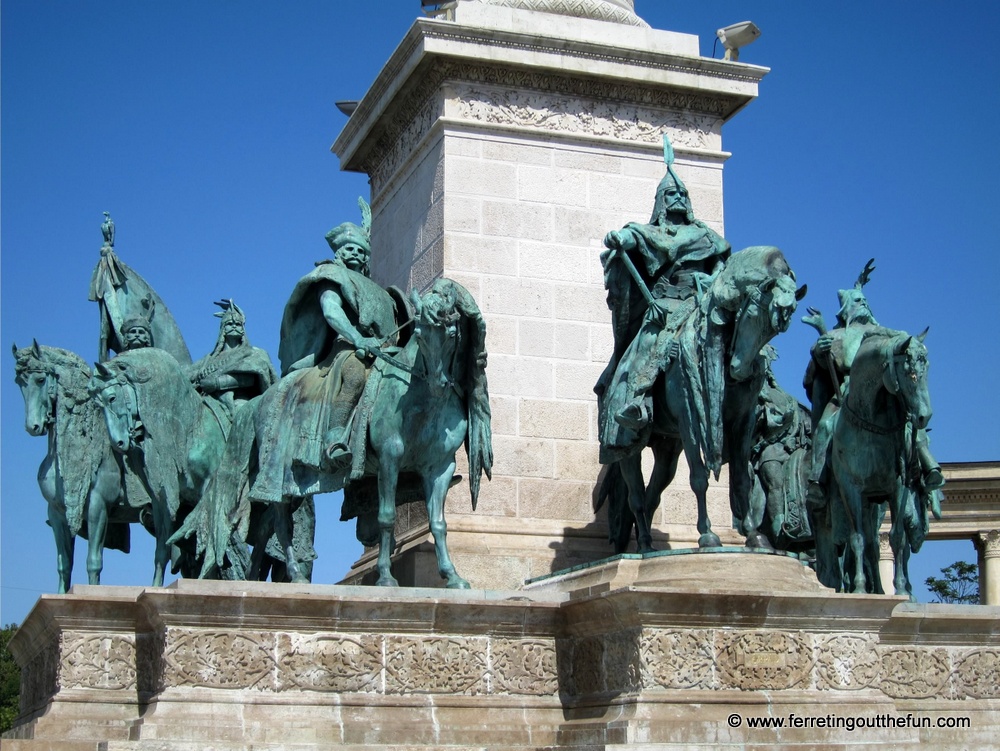
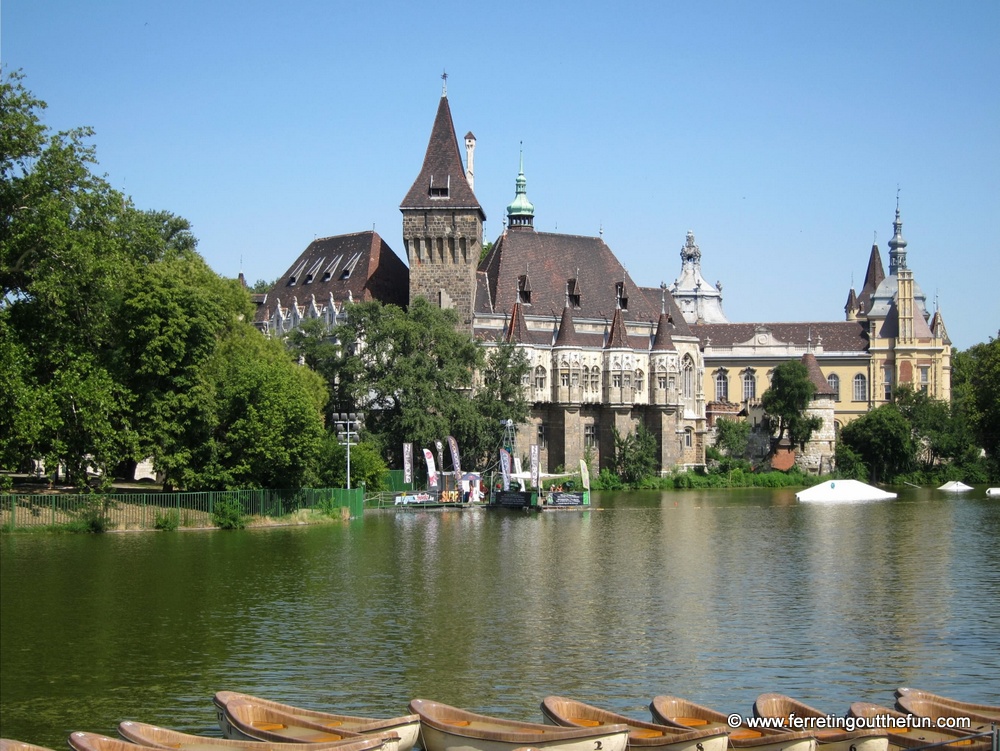
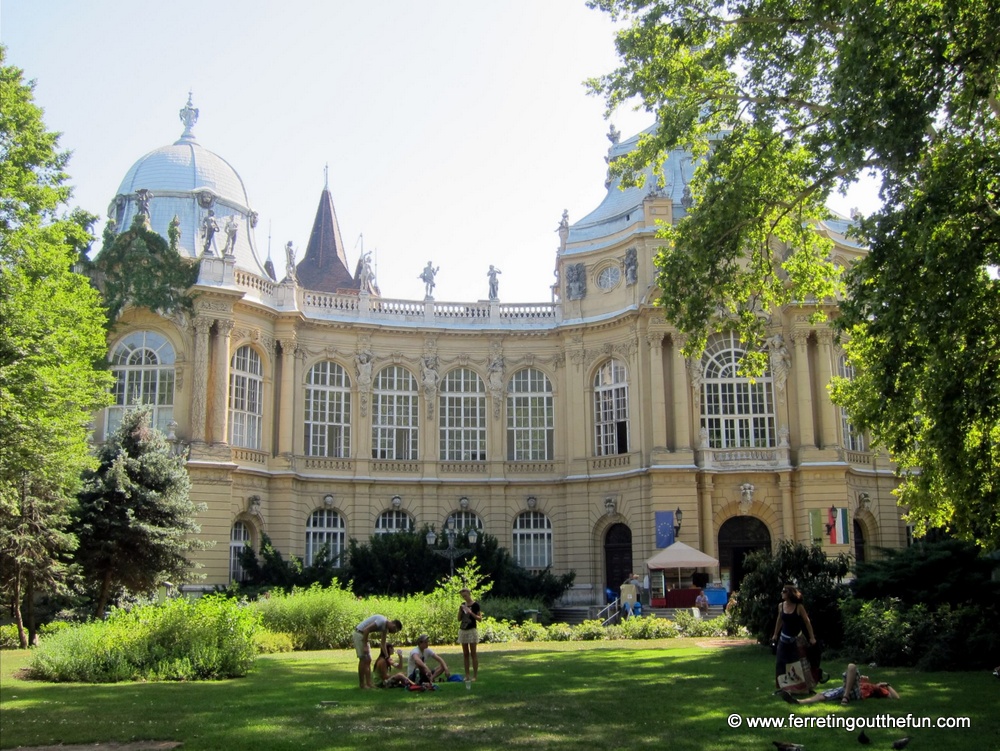
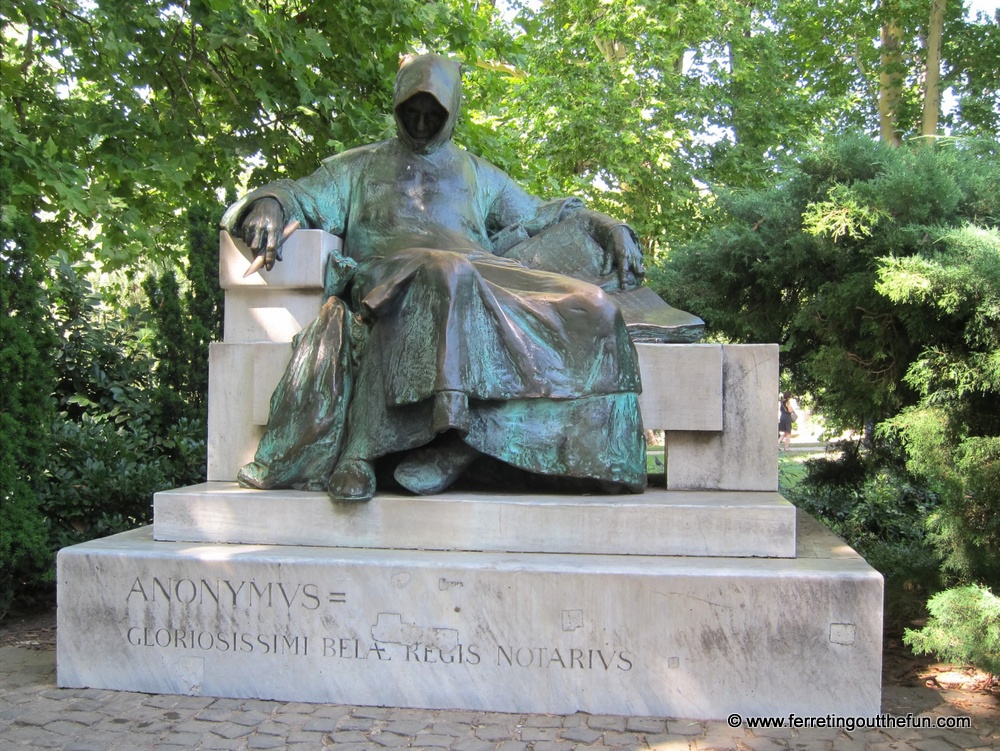
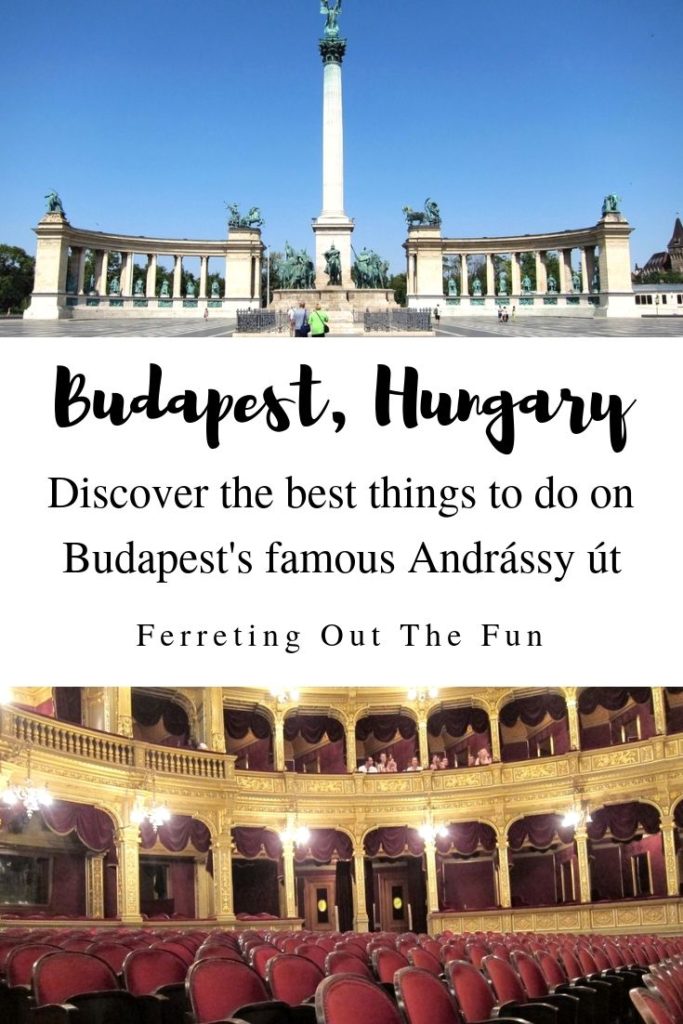
Ugh, your photos are making me want to go back to Budapest SO much! It looks like you had fabulous weather while you were there. I’d love to be shopping along Andrassy Avenue right now and we also had the best burger we’ve had in all of Europe at a little restaurant near the Opera House. I didn’t know about the cafe and I’d love to check it out next time we’re in Budapest!
Writing these posts is making me want to go back too! The temperature was very hot, though compared to Asia it was really quite comfortable. My first trip was right after the Icelandic volcano exploded and wrecked havoc on the weather systems – it was cold and stormy the whole time! This was a much better way to see and appreciate the city 🙂
Beautiful! Did almost all the same things you did when I was in Budapest. Although I most certainly did NOT have that slice of cake. Travesty!
My husband didn’t get any of that cake either 🙂
This post just got me even more excited for our visit to Budapest in September. We will have to check out that bookstore cafe. Looks gorgeous and delicious!
Yes, do! Both the bookstore and cafe are open all day, until 9 or 10 pm. Have a fabulous trip! Budapest is one of my favorite cities 🙂
Great photos! I loved our tour of the Opera House. It was so beautiful! I wish we’d known about that bookstore cafe – the cake looks delicious!
House of Terror was my favorite – amazing! We also enjoyed the Opera House
The House of Terror was chilling, wasn’t it? Especially those cells in the basement. It’s astounding how cruel humans can be to one another. The museum was really well done, though. We were impressed!
Heather, you’re not kiddiing on an antique-appearing that subway train is. I haven’t been to Budapest but I would definitely take one of those tours. And I would absolutely want to go to the House of Terror! 🙂
The insides of the train cars look just as old. They don’t even have a/c! As hot as it was during our visit, I actually found it kind of charming.
You had me at the cake. =-) That’s the best Neopolitan cake I’ve seen yet. The paintings of the opera singers feels a little freaky. Not sure if it’s the style that makes me feel that way or the fact they’re opera singers and not kings and queens. haha
LOL! I kind of liked the paintings of the opera singers. If I remember correctly, they were hung in a private royal parlor. I like to think Empress Elisabeth had them put up like modern girls pin up posters of rock stars 😀